what is GMO and why you should know about it.
I watched a YouTube video by Jimmy Kimmel, the host and executive producer of Jimmy Kim Live. He was on the street asking people the question: "Do you avoid eating GMOs?" A lot of people responded that they hate it because it is bad, dangerous, not good for the health,...etcetera. Although most of these people also admitted that they do not know what GMO is. In fact, most of them don't even know the full meaning of GMO. GMO means Genetically Modified Organism.
So I decided to make this post is because I'm surprised how people who don't even know what GMOs are but assumed that they are bad. I will try to explain things as simply as I can so that you won't be among those who are against GMO simply because you don't understand the technology responsible for it.
What is a genetically modified organism (GMO)
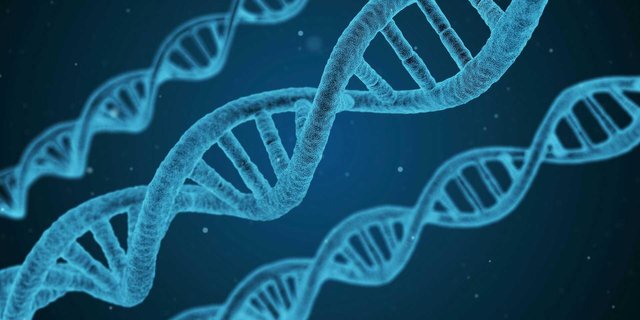
A genetically modified organism ( GMO ) is an organism whose genetic material has been altered using genetic engineering techniques. It would be interesting to know that humans have been involved in genetic manipulation of food for thousands of years beginning with the domestication of plants and animals through
artificial selection. Humans have always selected the organisms with the best traits that they desire. Such traits may include fast growth, resistance to disease, taste, color, etc.
When discussing GMO, most people think of it, only, as an organism (usually crops) with a gene from a different organism resulting from a laboratory process. Whereas this is only a form of genetic engineering and GMO obtained from this process is known as "transgenic organism." A transgenic organism is an organism whose genetic makeup has been altered by the addition of genetic material from an unrelated organism. This should not be confused with the more general way in which "GMO" is used to classify genetically altered organisms, as organisms whose genetic makeup has been altered without the addition of genetic material from an unrelated organism.
The problem with the conventional means of genetic modifications (artificial selection, Crossbreeding) is that it is very slow and based on chances for the desired traits to be transferred to their offspring. Also, undesired genes are transferred along with the desired genes. However, making GMOs through genetic engineering gives the breeder the chance to study the particular gene responsible for a particular trait. And subsequently, amplifying or silencing the gene based on the desired outcome the breeder wants to achieve. Advancement in genetic engineering techniques also makes it possible to transfer desirable genes across unrelated organisms (Transgenesis).
In the conventional breeding system, only a male and female of the same species can come together to produce an offspring. And in some instances when unrelated species come together, they usually produce a sterile offspring. An example is a mule - an offspring of a male donkey and a female horse. But with genetic engineering, there is no limit of such as desired genes from unrelated species can be transferred using several genetic engineering techniques. Genes from bacteria have been transferred to plant to offer resistance to insects. Growth hormone-regulating genes from Pacific Chinook salmon and promoter from ocean pout have been used to produce the aqua advantage Salmon that can grow all year-round.
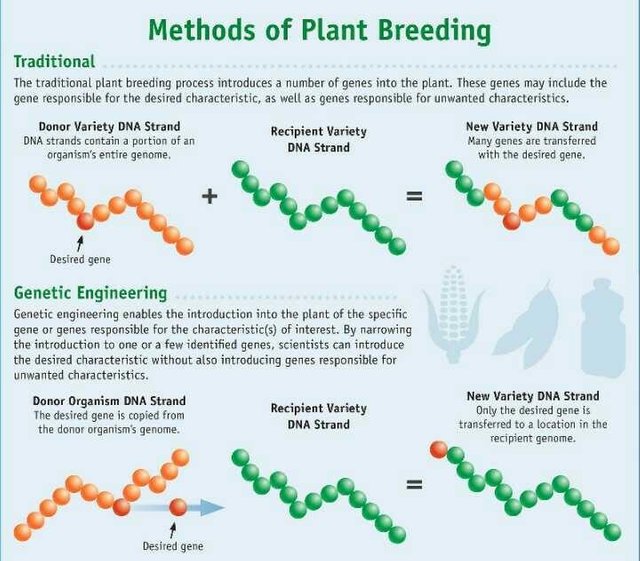
Basics of genetics
Without a basic understanding of what genetics is and how genes operate, it will be difficult to explain GMO. In the simplest form possibles, I'll briefly describe genes and what they do.
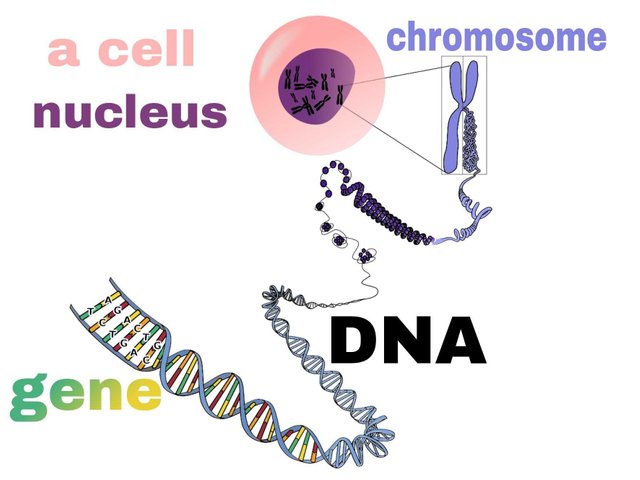
Every organism is made up of smaller units called cells. A cell is the basic or smallest component of every organism. The center of a cell is made up of what is called the nucleus. The nucleus is what house the chromosomes and the chromosomes contain the DNA. Genes are pieces of DNA that contain information for the synthesis of ribonucleic acids. DNA are wrapped around a protein called histone and the DNA wrapped around the histone is carefully packaged in what is called the chromosomes. The DNA carries the genetic instructions used in the growth, development, functioning, and reproduction of all living organism. And gene is a section of the DNA that describes how these instructions will be carried out. You can also see genes like series of a computer code that is written by programmers to determine what function the computer performs. The genes present in the DNA of an organism controls the type of protein to be synthesized by the body of the organism.
How genetically modified organisms are engineered
The basic steps that are involved in making a genetically modified organism are: identification of gene of interest, isolation of the gene of interest, introduction of the gene into a vector, production of multiple copies of the gene, introduction into the host organism.
The gene of interest is separated from the DNA using restriction enzymes. That is, enzymes that cut DNA at certain regions called restriction site. The same restriction enzymes used on the DNA is used on the cloning vector (plasmid) to cut out a similar sequence in its own DNA too. The cloning vector is a DNA molecule that is used to transport genetic material into another cell where it will be expressed, e.g, plasmid.
A plasmid is a small circular DNA molecule within a bacterial cell that is physically separated from a chromosomal DNA and can replicate independently.
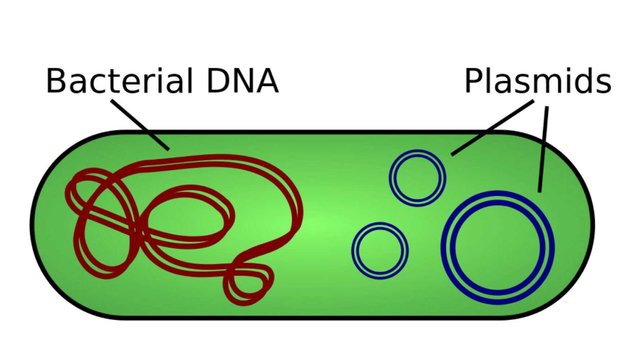
Creative Commons Attribution-Share Alike 2.5 Generic Illustration of a bacterium showing chromosomal DNA and plasmids The fragment of the gene of interest that was isolated using restriction enzyme has a sticky end which forms a weak hydrogen bond with the some of the circular plasmids. Other plasmids close up back remaining unchanged.
DNA ligase enzyme is added to facilitate the joining of fragment DNA strands together by catalyzing the formation of a phosphodiester bond. This new combination of DNA is also known as recombinant DNA.
Genes inserted into the plasmid contain a promoter and terminator region as well as a selectable marker gene.
Promoter consists of DNA sequence that directs transcription and translation of genes into protein. The promoter sequence regulates when, where and how much expression of the gene will occur. While the terminator region ends transcription.
Selectable markers are often antibiotic resistance genes resistant to antibiotics such as ampicillin, chloramphenicol, tetracycline etc.
The recombinant plasmid DNA is then introduced into a fast-growing bacteria like Escherichia coli to ensure that there are multiple copies of the desired traits. Some take up the plasmid in the process while others do not.
The bacteria that have been introduced to the recombinant DNA are grown on a medium containing the antibiotic present in the selectable marker. Colonies that can grow in the antibiotic medium have successfully taken up and expressed the introduced genetic material. some bacteria are successfully transformed some remain non-transformed. When grown on medium containing antibiotics, non-transformed bacteria die due to lack of resistance to the antibiotic.
The transformed bacteria are allowed to grow and reproduce multiple clones of itself.
The process of inserting the desired gene from cloning vector into the DNA of the organism can be achieved through some methods such as:
- Agrobacterium-mediated recombination
- Use of gene gun
- Electroporation
- Other methods include microinjection, transduction, and transfection
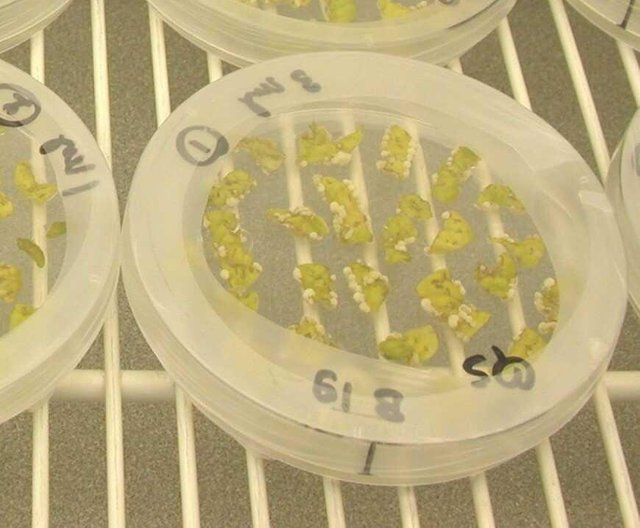 )
)
Agrobacterium causes gall disease (a tumor) in plants. The Agrobacterium causes tumor by being able to transfer its own DNA to the plants. It has a tumor-inducing DNA region in its plasmid which is responsible for tumor in plants. Genetic engineers take advantage of this by removing the tumor-inducing DNA and replacing it with the recombinant DNA. It is then inserted into the genetic material of the plant cells. It attacks plant like normal and introduces the foreign DNA into the organism.
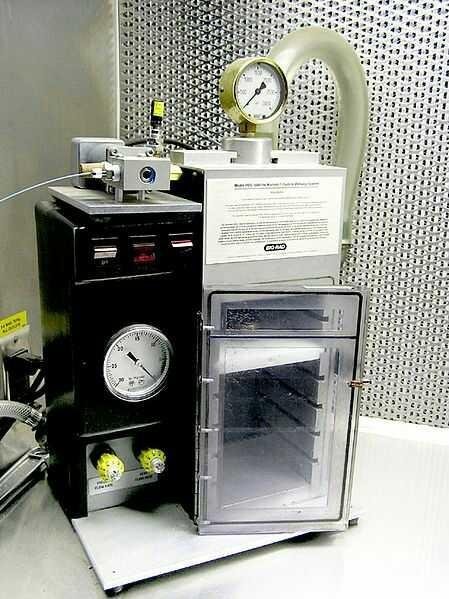 )
)
 ) image of a gene gun
) image of a gene gunAnother transformation method for plant and animal cells is electroporation. This involves subjecting cells to an electric shock, which can make the cell walls become temporary more porous and larger molecules than usual pass through by natural diffusion. Electroporation uses high voltage electrical pulses to translocate DNA across the cell membrane and cell wall. Electroporation is also highly efficient for the introduction of foreign genes into tissue culture cells, especially mammalian cells
References and further reading:
https://en.m.wikipedia.org/wiki/Agrobacterium_tumefaciens
https://en.m.wikipedia.org/wiki/DNA
https://en.m.wikipedia.org/wiki/Gene
https://en.m.wikipedia.org/wiki/Gene_gun
https://en.m.wikipedia.org/wiki/Genetic_engineering
https://en.m.wikipedia.org/wiki/Genetic_engineering_techniques
https://en.m.wikipedia.org/wiki/Genetically_modified_organism
https://en.m.wikipedia.org/wiki/Molecular_cloning
Hello! I find your post valuable for the wafrica community! Thanks for the great post! @wafrica is now following you! ALWAYs follow @wafrica and use the wafrica tag!
thanks for really interesting and informative article, specially thanks for basic explanation of the technique how scientists transfer genes from one organism to another
Thanks @skytoin for coming around. It's nice having you